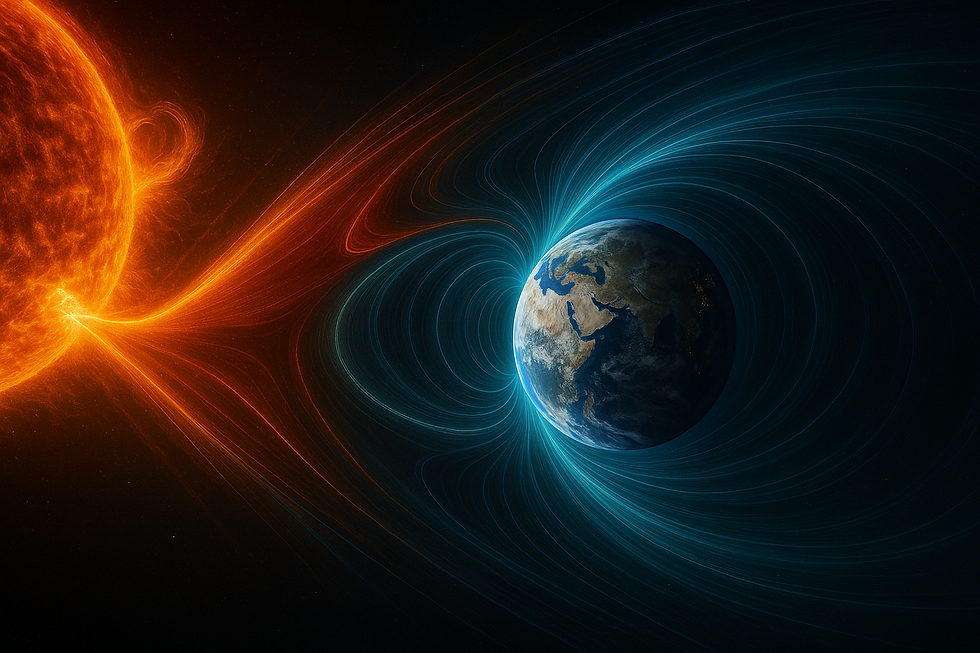How Scientists have Developed an Artificial Neuron?
- Prof.Smith

- Aug 12, 2019
- 2 min read
Updated: Feb 27, 2023
Is this the first step, for creating artificial intelligence? I am sure we will not have to wait too long to know!

Researchers from various institutions around the world have built Spikeling: an artificial neuron! Although neural networks in the human brain are creating intelligence, even a single neuron is not to be confused with something simple. "Spikeling is an open source in silico implementation of a spiking neuron that costs £25 and mimics a wide range of neuronal behaviours for classroom education and public neuroscience outreach". Professor Baden said: “Spikeling is useful for anyone teaching neuroscience because it allows us to demonstrate how neurons work in a more interactive way.” It’s part of a growing range of equipment which uses DIY and 3D printable models to open up access to science education. All have been made openly available, with the design for Spikeling published on open access journal PLOS Biology. Finally, the researchers note: "Spikeling is based on an Arduino microcontroller running the computationally efficient Izhikevich model of a spiking neuron. The microcontroller is connected to input ports that simulate synaptic excitation or inhibition, to dials controlling current injection and noise levels, to a photodiode that makes Spikeling light sensitive, and to a light-emitting diode (LED) and speaker that allows spikes to be seen and heard. Output ports provide access to variables such as membrane potential for recording in experiments or digital signals that can be used to excite other connected Spikelings. These features allow for the intuitive exploration of the function of neurons and networks mimicking electrophysiological experiments."

According to the best estimates, in the human brain there are 100 billion neurons, and each of those, has 40,000 synapses that connect it with other neurons. It is interesting to note here that a long-finned pilot whale has about 37,200,000,000 neurons in her brain. The whale is obviously not smarter than a human. The answer to why there is this such a huge number of extra neurons, is that the extra neurons are used mainly for controlling the huge body that it has, and not for intelligent thinking.

Further research is required to dig deep into the mystery of consciousness and intelligent thinking. Perhaps, despite the complexity of the human brain, there is a very simple and elegant mathematical equation that can describe consciousness. Mathematicians and theoretical physicists must think hard, not only about the secret of their own thinking, but also about the secret to a Universal consciousness.












































































































Comments